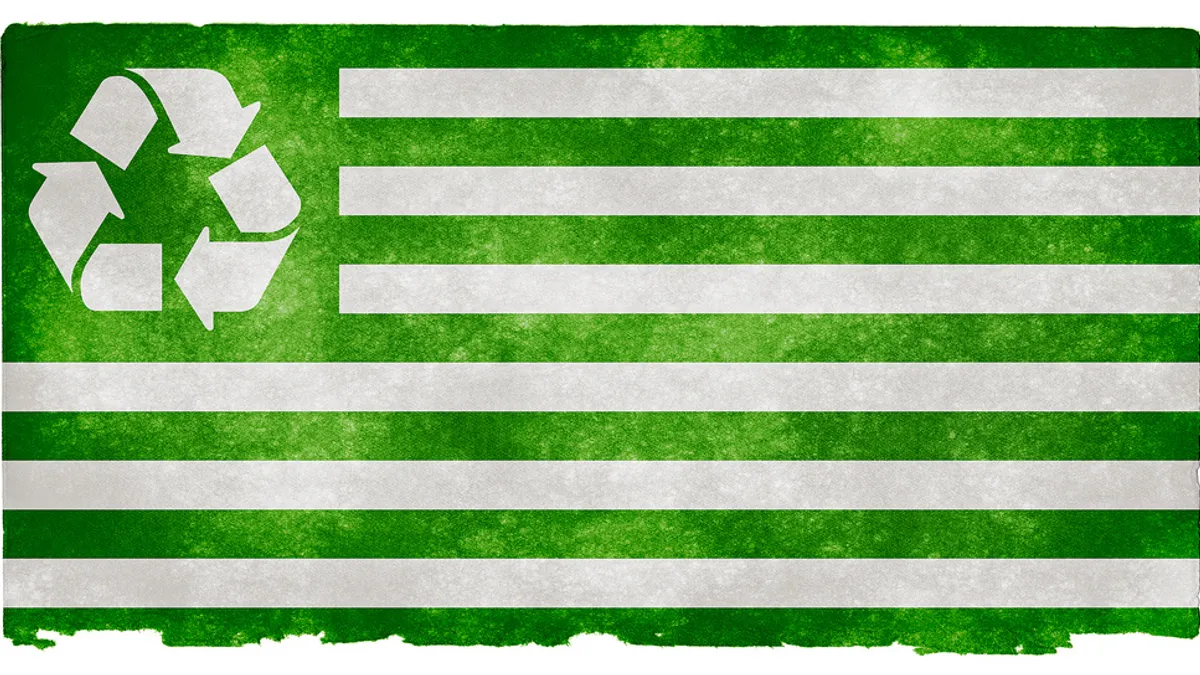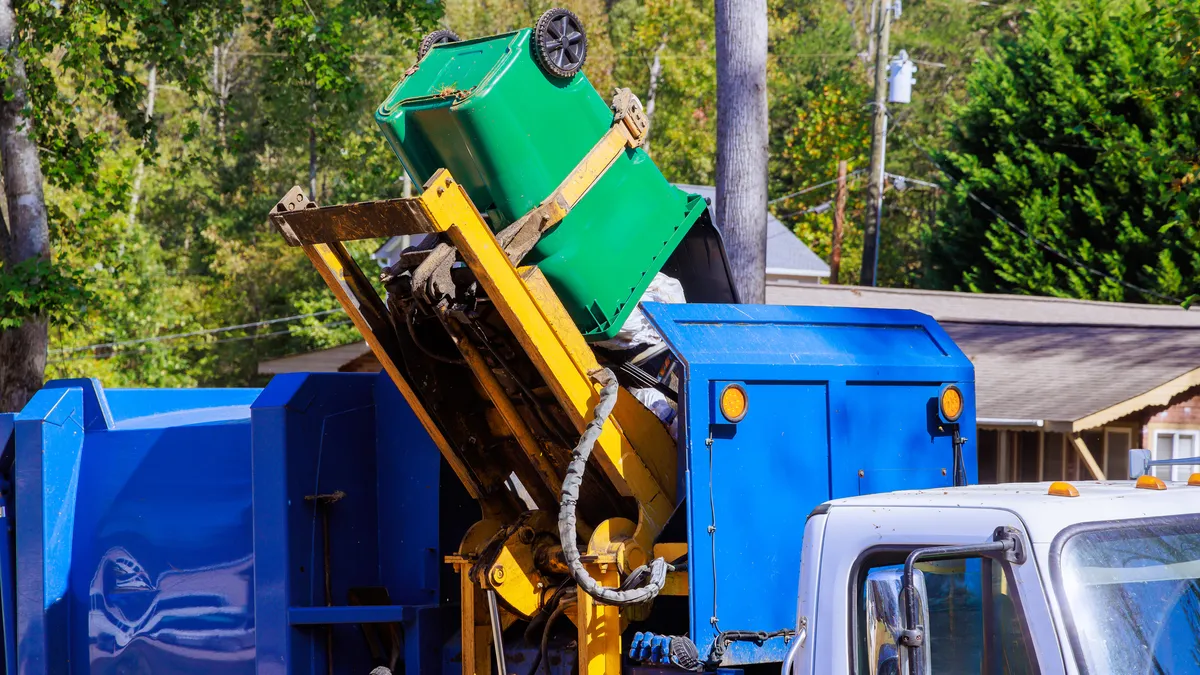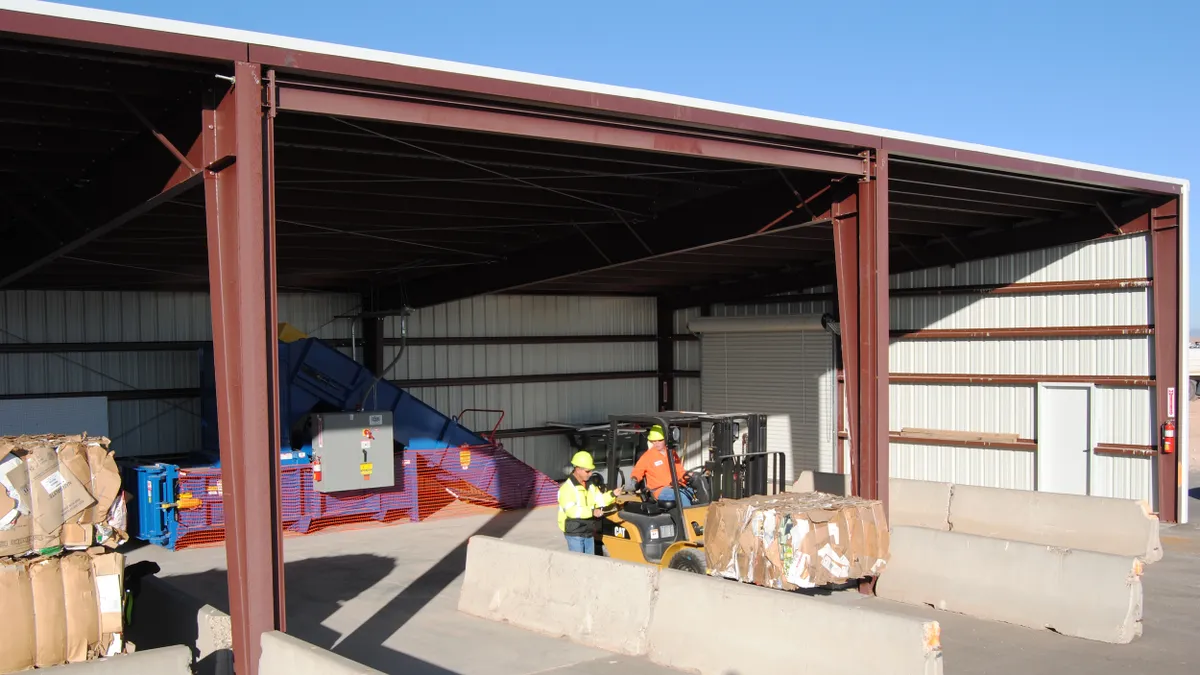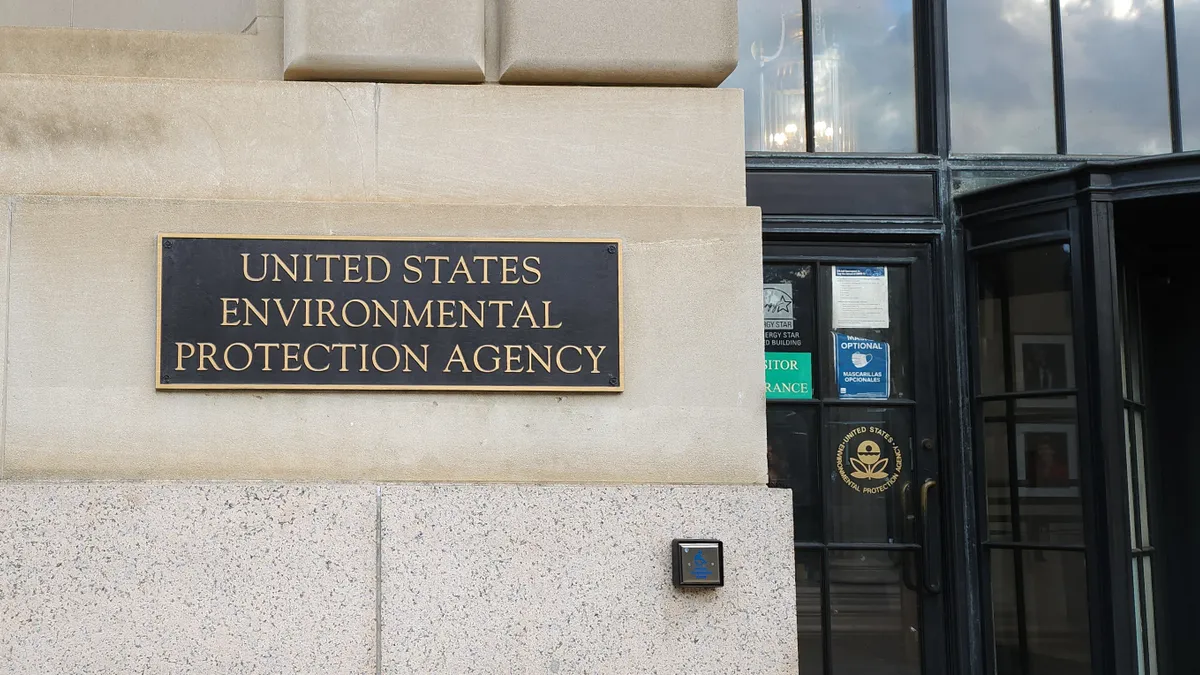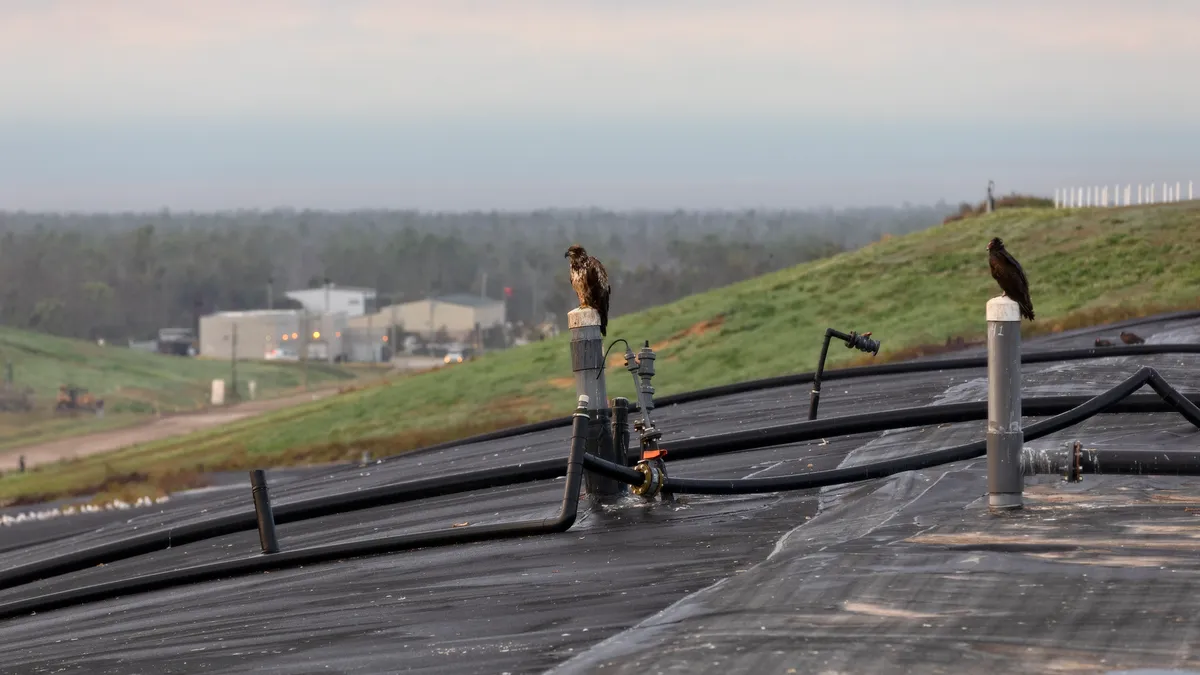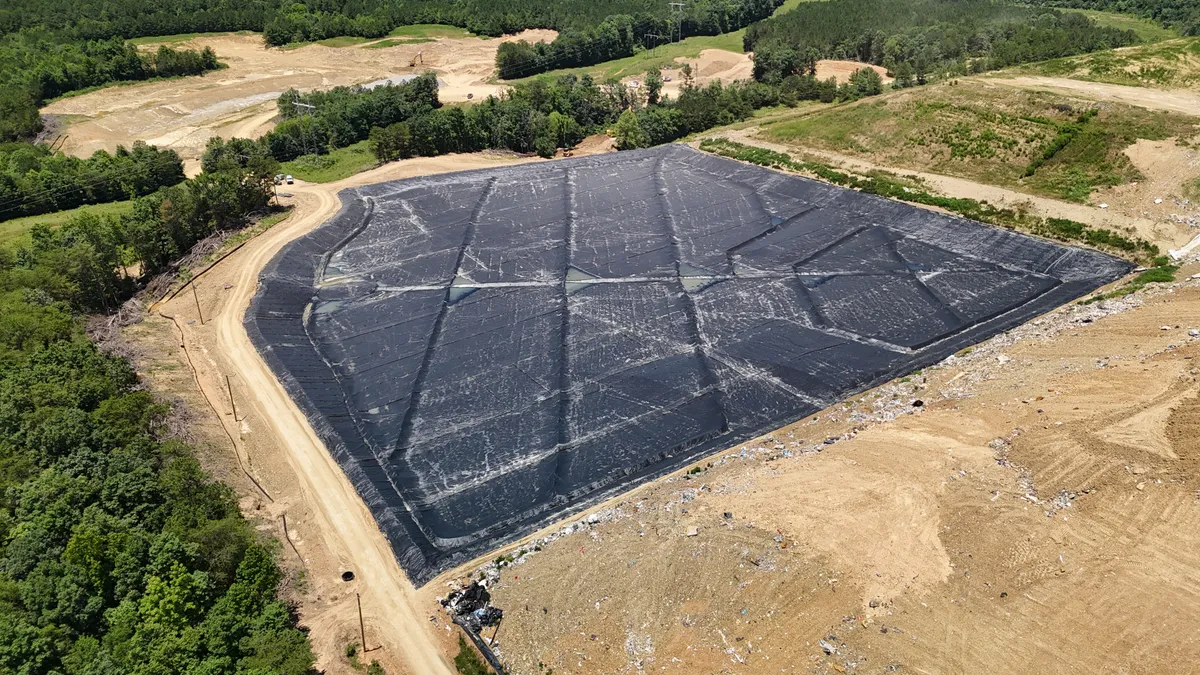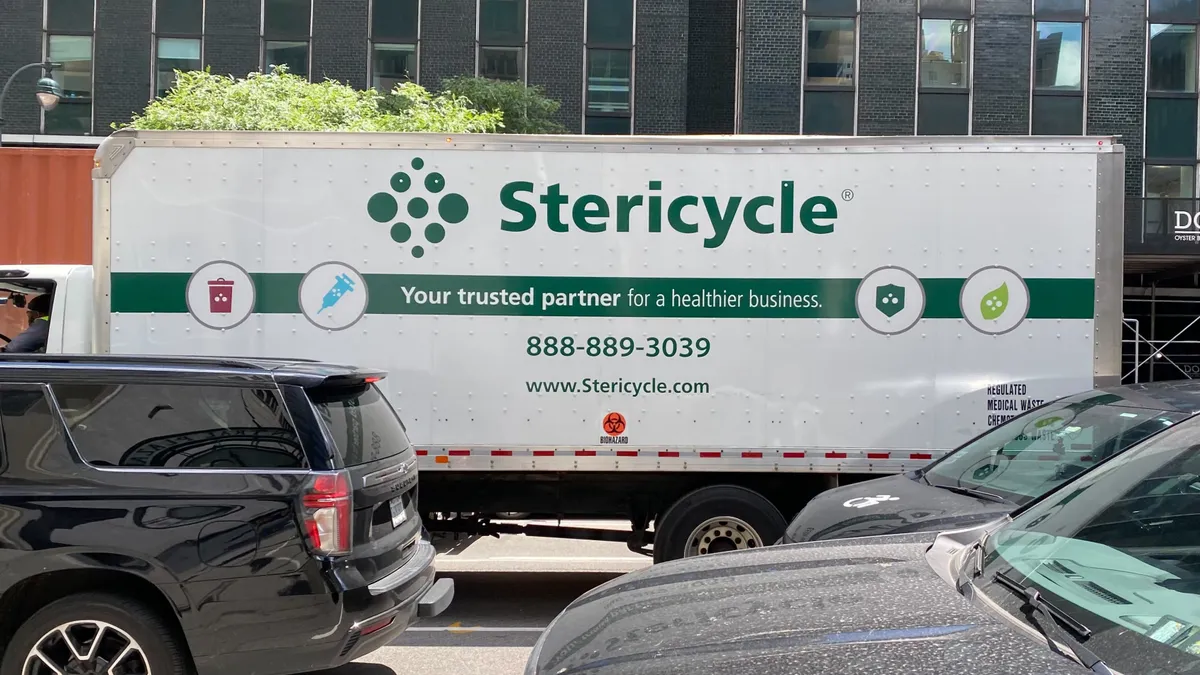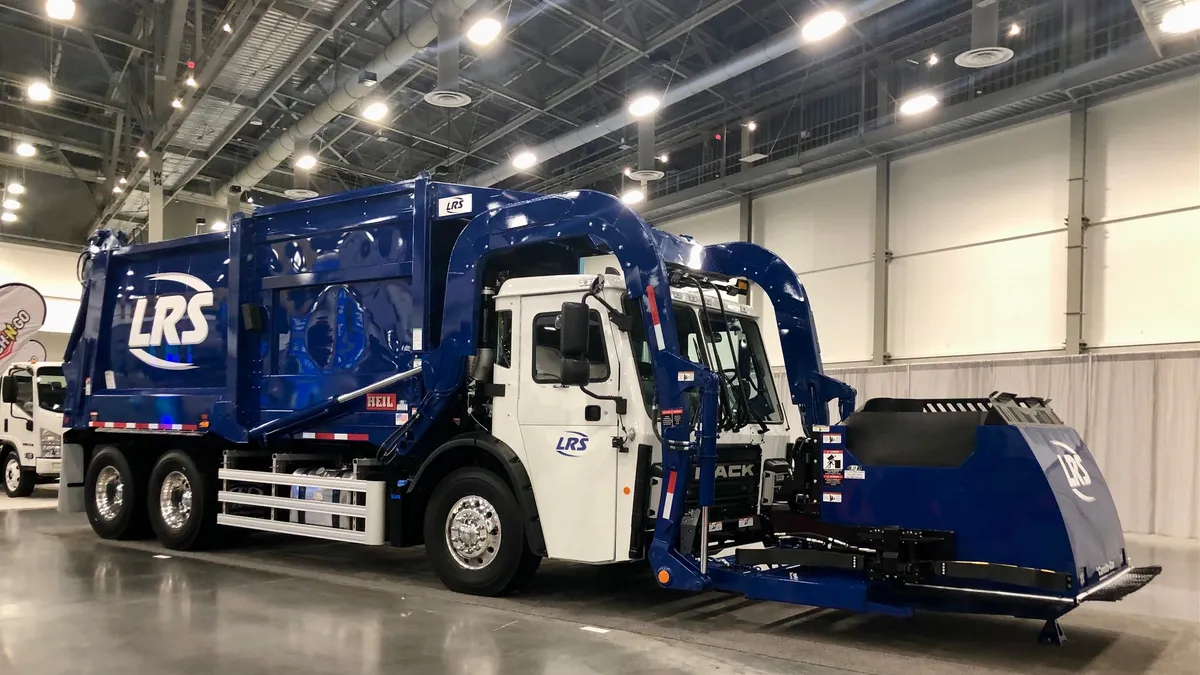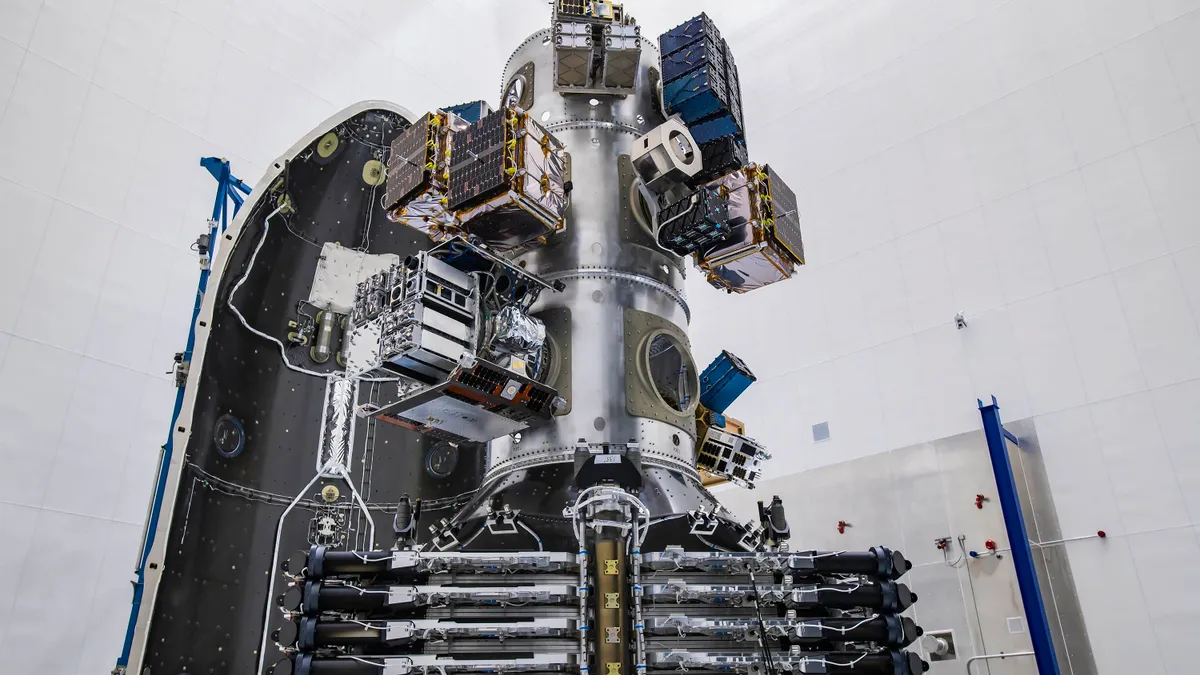To waste professionals, landfills are seen as a standard part of disposal infrastructure. To the average person, they’re often thought of as distant, distasteful places — if they're thought about at all.
A new Save on Energy study called "Land of Waste" aims to make consumers reckon with where garbage is going and just how much they're creating. In addition to the Save on Energy's main function as an online energy marketplace, it also creates content around sustainability issues.
"Our goal is to raise awareness around the environment and how closely waste is tied to that," said Erin Hogg, a member of the Save on Energy creative team who helped put the project together.
Hogg said she was most surprised by data showing the amount of waste created by the average person, and how that contributes to the need for so many landfills throughout the country. Visitors to the site can even plug their address into a map to find out how close they are to the nearest landfill.
"We’re surrounded by landfills everywhere," she said. "It’s kind of out of sight out of mind, it’s not something that we really think about on a daily basis."
While Save on Energy’s goal was to raise awareness and offer sustainability tips, the study’s graphics also present a useful overview of the country’s waste infrastructure. The data comes from the Environmental Protection Agency (EPA) and further methodology is available on the study's website.
Over the past 100 years, the number of official landfills has grown exponentially. Before this trend began, waste was still being buried, but much of it was also burned openly or processed through other questionable methods. New York City didn't officially stop dumping its waste in the ocean until a court order in 1934.
California's Fresno Sanitary Landfill, opened in 1937, is considered the oldest "true" sanitary landfill in the country and was the first compartmentalized municipal site in the western U.S. By 1955, the Fresh Kills Landfill in New York was the largest in the world and could reportedly be seen from space until it closed in 2001. Though it wasn't until the 1976 Resource Conservation and Recovery Act that sites became subject to more modern environmental controls.
These new standards led to the closure of many smaller unlined landfills, which sparked concern over dwindling capacity in the 1980s. According to the EPA there were approximately 1,900 active municipal solid waste landfills in 2009—less than a quarter of the total number in 1988—but capacity is far from a concern. The Apex Regional Landfill in Nevada is projected to have enough capacity to stay open until 2482.
When it comes to the amount of waste generated in the U.S., some experts have varying estimates, but differences between states are clear. In Western states such as Nevada and Colorado, the vast amount of available land helps keep tipping fees low and makes landfilling an appealing option. Most New England states have already filled up the majority of their existing landfills and moved toward waste-to-energy or exporting. New York City exports much of its waste out of the state at increasingly high costs.
Some states generate serious business from their import operations. Virginia recently announced it took in even more out-of-state material in 2015 than the year before. Ohio and others have also made out well from importing.
However in some states, communities have begun to chafe at this system. Kentucky's Big Run Landfill has stopped accepting rail shipments of outside waste, while Pennsylvania's Keystone Sanitary Landfill has run into challenges to its expansion proposal over similar practices. Senator Bob Casey of Pennsylvania introduced legislation that would let states restrict waste imports last year, but so far the bill hasn't moved forward.
The environmental effects of methane from landfill gas are well-known and have become a big part of President Obama's Climate Action Plan, including newly finalized federal emissions standards. The EPA estimates that there are nearly 650 active landfill gas-to-energy projects in the U.S. and as many as 400 additional sites have potential for energy facilities. New projects are now announced on a regular basis and Apple even made the surprise announcement that it will be entering the market with a facility in North Carolina.
While this map doesn't show capture efforts, it does offer a look at where there may be opportunity for new projects. As seen recently in Los Angeles County and elsewhere, landfill gas-to-energy facilities are an increasingly common way to extend the lifespan of existing sites.
Because they're relatively new, it's hard to make a direct correlation between organic waste bans and gas output. Though it is interesting to note that many of the states with bans or strong diversion mandates—with the exception of California—are on the lower end of the spectrum. Their individual programs have had varying degrees of success, but Connecticut, Massachusetts, Rhode Island, and Vermont are all among the lowest gas producers.
The study notes that the amount of waste generated by the average person each day is equivalent to the weight of a pumpkin. While national diversion rates and overall tonnages of material recovered have steadily increased—as shown in the study—this current situation is still untenable. According to the EPA the U.S. reached its peak per person generation around 2000, but is far above the daily average 2.7 pounds of waste per person in 1960.
Even though more of the waste that people are generating is being diverted from landfills, it's still creating environmental costs. Southwest Colorado recently learned this when it realized that both diversion rates and landfill tonnages had gone up at the same time.
Areas where companies can streamline packaging and reduce the environmental consequences of production have been highlighted across all industries at this point. States and municipalities have set a range of big "zero waste" goals and other reduction targets to bring their numbers down. Many cities have launched major organics collection efforts to help make this happen. Some municipalities have even taken the step of banning certain materials entirely.
Yet as the "Land on Waste" study shows, until the average person understands and cares about where waste is going, it will be difficult to turn these numbers around.



